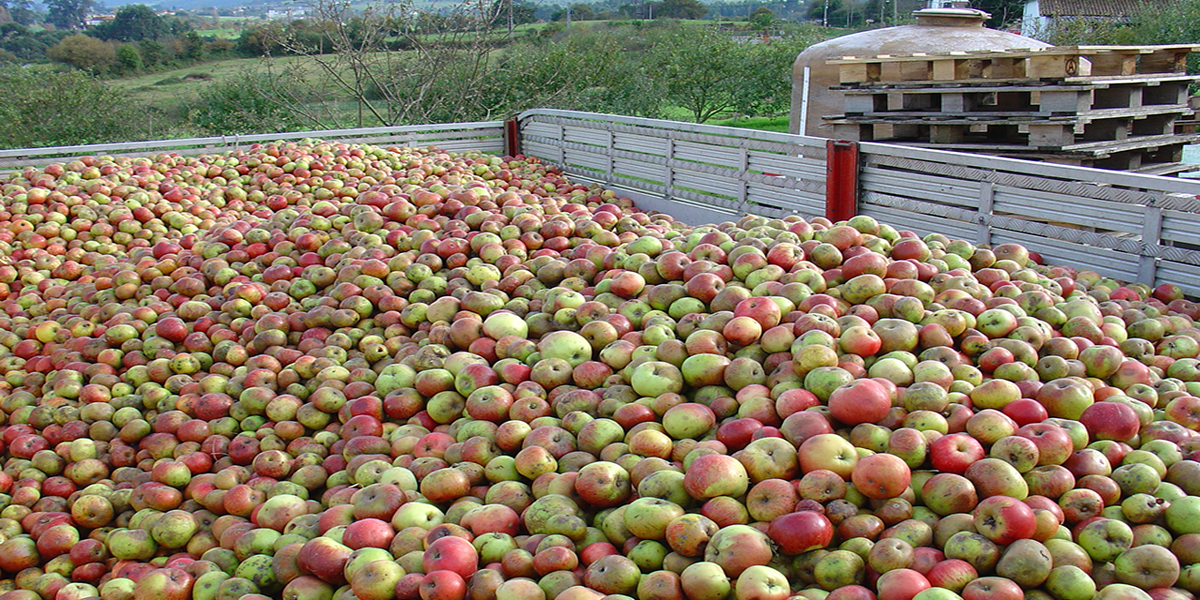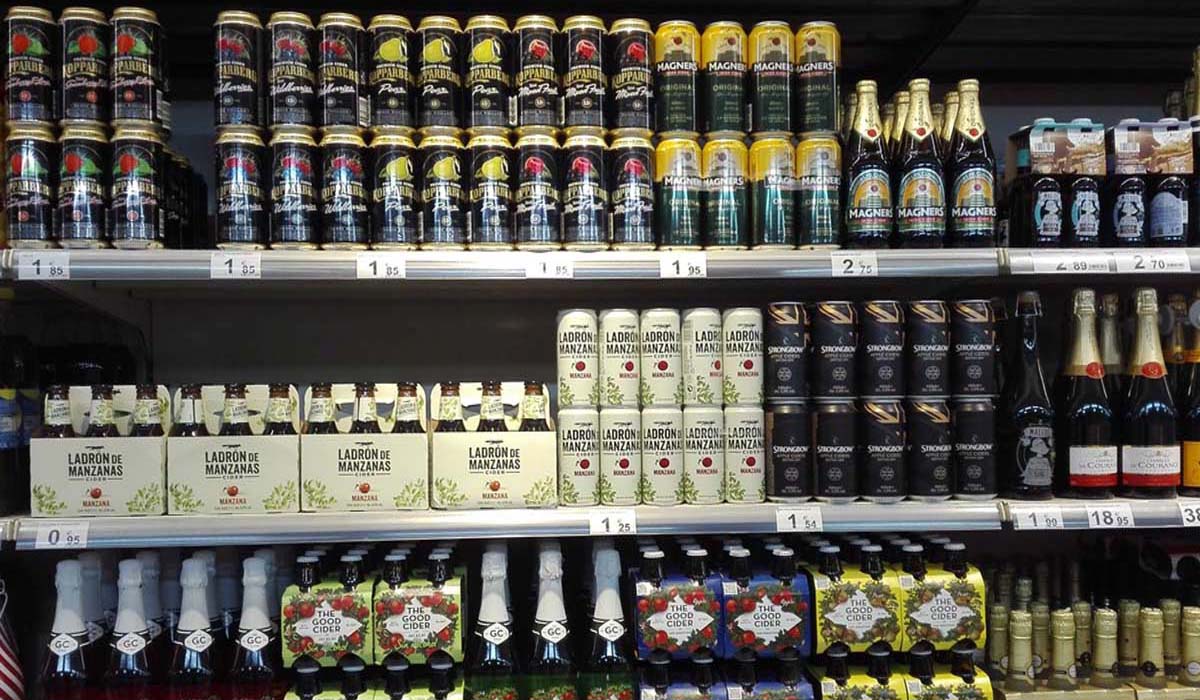In Asturias there are over 2,000 apple types, among which only 22 are used for cidermaking.
LA SIDRA.- The quality of cider is directly related to the state, conservation, variety and origin of apples. The better they are preserved, the better the cidermaking will be. The apple trees full ripening start at the of 12-14, though some varieties do so when they are 5 or 6 years old.
The apples used for cidermaking must have some special characteristics based on the sharpness, tannins and sugar levels, which make them non-desirable for eating. They must have reached an optimal level of ripeness, as over-ripe apples have little tannin, which leads to the cider “filado”, that is, a dense and turbid aspect, similar to oil.
Sweet apples produce, in general, little juice, while sharp ones are very juicy and essential in a high percentage, as its shapness helps to maintain the natural colour of the juice and the cider cleanliness.
Though there are monovarietal ciders, made from only one apple type, the usual thing is the mixture of varieties. The Regulatory Council of Origin Cider of Asturias (DOP) only approves 22 types of Asturian apple, which next year will be extended to 76, for cidermaking.
These apple varieties are divided into several types:
- Sharp: Durona de Tresali, Blanquina, Limón Montés, Teórica, San Roqueña, Raxao, Xuanina and Fuentes
- Sweet: Verdialona y Ernestina
- Bitter: Clara
- Bittersharp: Regona and Meana
- Bittersweet: Coloradona
- Semisharp: Carrió, Solarina, De La Riega, Collaos, Perico, Prieta and Perezosa
- Semisharp-bitter: Panquerina





